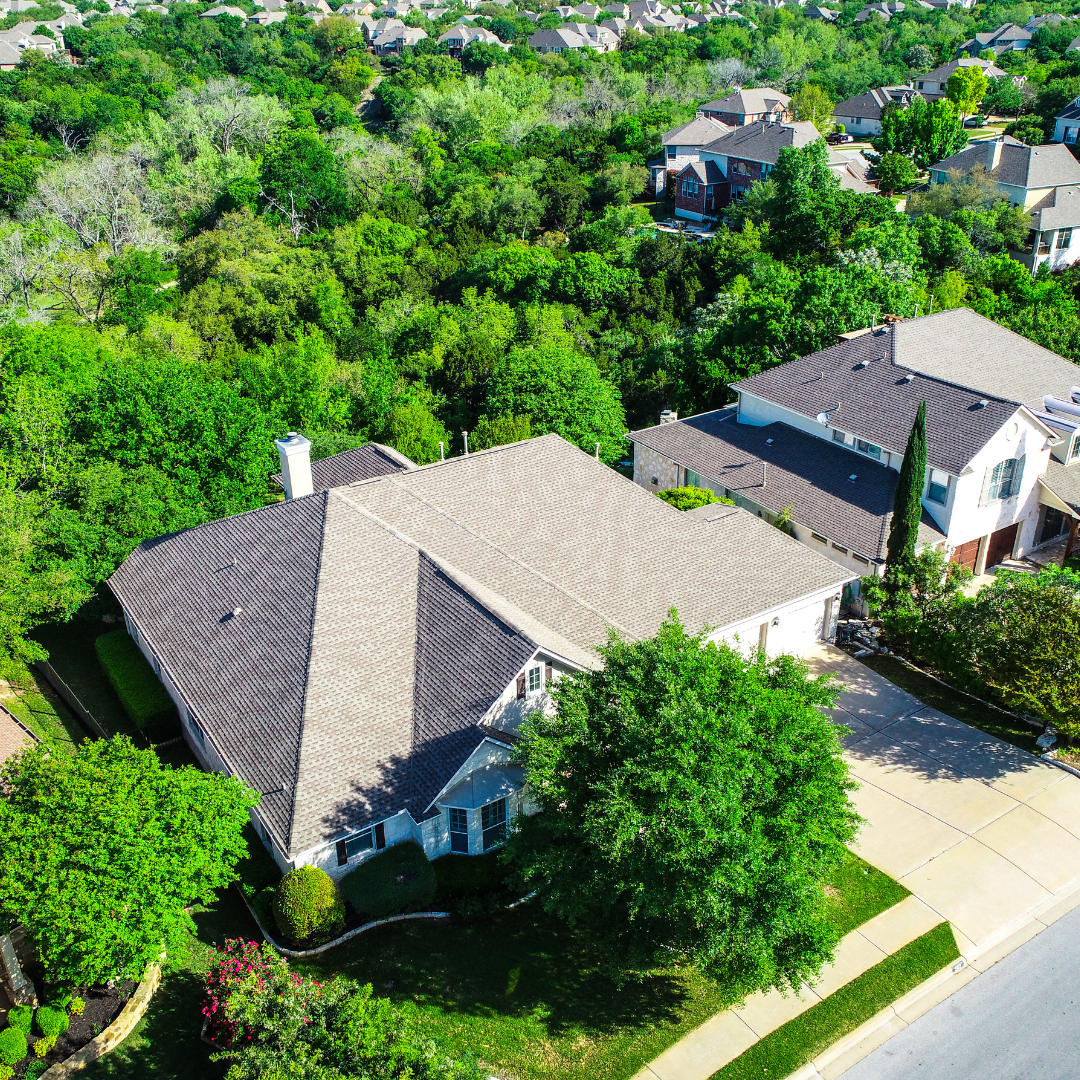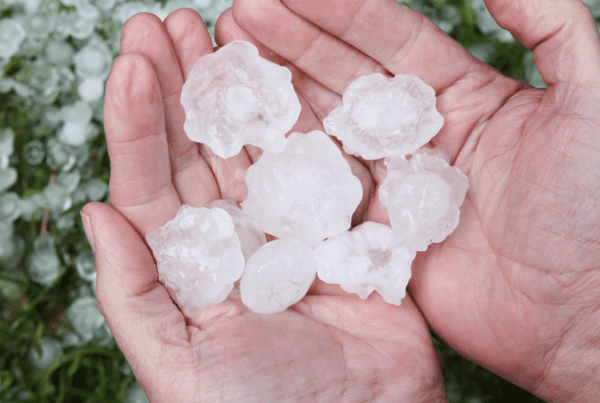
Homeowners are facing increased challenges meeting their insurance needs. Premiums are rising and, in some parts of the country, insurance options are becoming limited. Here’s an overview of home insurance market dynamics to help you prepare for what’s ahead.
Home Insurance Trends 2024
Homeowners insurance premiums have been rising for several years – and continued rate hikes are likely in 2024. Since 2018, nationwide homeowners insurance premiums have cumulatively increased by 19.1% according to a study by ValuePenguin.
Homeowners in regions with high natural catastrophe exposures have seen much steeper rate hikes. For example, according to Spectrum News 13, insurance costs for some homeowners in central Florida have doubled in just one year.
Unlike many states, Texas homeowners must deal with wind, hurricane, tornado, hail and flood exposures. According to a study by the National Association of Insurance Commissioners published in Fortune, homeowners in Texas paid an average yearly premium of $2,000 in 2020, which is quite high compared to the rest of the country. Florida, Louisiana, and Oklahoma were the only states with higher average premiums. Researchers from the Environmental Defense Fund found that Texas ranked No. 8 in the U.S. for overall climate vulnerability.
The Texas Department of Insurance says that homeowners insurance rates in Texas increased by 5.9% in 2021 and again in 2022 by 10.8%. These pricing trends will likely continue in 2024. According to First Street Foundation, 39 million properties in the U.S. have a high risk of flooding, wildfires, or hurricane winds that insurance premiums do not yet reflect. As insurers adjust their rates to account for these risks, premiums will increase.
Understanding the Insurance Hard Market
The insurance market goes through cycles of hard and soft markets. According to IRMI, premiums increase, coverage terms become more restricted, and capacity decreases during a hard market. During a soft market, the opposite occurs: rates stabilize or drop, terms are more flexible, and coverage is readily available.
The current property insurance market shows many of the signs of a hard market, especially in disaster prone areas. There are several reasons for this, although natural disasters are the obvious cause. According to Swiss Re, annual insured losses from natural catastrophes are increasing at a rate of 5% to 7% a year.
However, not all losses are natural. According to the Financial Times, strikes and riots have increased since 2015, resulting in more than $10 billion in insurance losses. Economic factors are another culprit. High inflation has impacted the cost of building materials and labor, driving up insurance losses and expenses.
The Impact of the Hard Market on Homeowners
For homeowners, the hard property insurance market means that securing coverage may be more challenging and more expensive.
- Since insurers are increasing premiums while reducing limits, policyholders may ultimately pay more for less coverage.
- Securing coverage may be more challenging if you need a new policy or want to switch insurers. Bloomberg Law says a high number of insurance solvencies have impacted property insurers in Florida and Louisiana – there have been at least 15 insolvencies in Florida alone since 2020. As a result of these insolvencies and exits, homeowners have fewer coverage options.
- Homeowners may face stricter underwriting guidelines. For example, ABC Action News says some Florida insurers are adding new requirements that make it more difficult for older homes to secure coverage. In California, insurers are becoming pickier about wildfire risks. According to Business Insurance, there have been reports of insurers in California using drones to monitor properties and canceling coverage for people with out-of-date roofs, excessive debris, or drained swimming pools.
- While there have not been instances of insurers leaving Texas entirely, they are underwriting with caution. According to governing.com some insurers are denying coverage for homes in Texas due to trees overhanging the roof or lack of roof age documentation. In addition, some carriers are only accepting Texas homeowners insurance if it is bundled with auto.
Changes in Home Insurance Policies
Premium hikes aren’t the only issue impacting homeowners. When you renew your homeowners insurance policy in 2024, look out for changes in the terms of coverage. If you must file a claim, these insurance coverage changes could impact the compensation you receive.
- Limits: Your insurance policy limit determines the maximum amount an insurer will pay to repair or replace your property. If your limits are insufficient to cover your losses, you may have to cover the remaining costs out of pocket. Therefore, it’s important to make sure your limits are high enough to cover the full value of your home. A guaranteed replacement cost policy provides the most protection because it covers the cost to rebuild your home even if construction costs have increased.
- Sub-limits: In addition to the main limit that applies to damage to the structure of your home, your insurance policy has sub-limits that apply to other losses, such as damage to your personal belongings. Review these sub-limits to ensure they are sufficient to protect the value of your assets.
- Deductibles: The deductible represents your shared responsibility for losses. If you file a claim, you will be responsible for paying the deductible. Make sure you can afford the deductible in your policy. Bear in mind that your insurer may raise your deductible in 2024 and you may have different deductibles for different types of losses. Likewise, you can raise your deductible to help reduce monthly insurance premiums.
- Exclusions: Insurers do not cover excluded losses. Standard homeowners insurance typically excludes earthquakes, floods, and wear and tear. The Washington Post says that some large U.S. insurers have also started excluding certain natural disaster protections in response to rising climate risks.
Home Insurance Strategies for 2024
To prepare for home insurance adjustments and new underwriting guidelines in 2024, proactively manage your coverage renewal process.
Understand that your rates will likely go up. If you live in a region with natural catastrophe exposures, the rate hikes may be substantial. However, you may be able to control your rates through risk management, such as:
- Keep your property free of debris, overhanging trees and other hazards.
- If your roof is reaching the end of its useful life, consider replacing it ahead of your insurance renewal and maintain documentation of its age.
- Consider other upgrades that could reduce your property’s risks. Your insurance advisor may have recommendations.
- Bundle your homeowners insurance with your auto insurance.
- Consider raising your deductible to control costs.
Understand the consequences of forgoing coverage. Unless you have enough savings to cover repairs on your own, you could be left without an inhabitable home after a loss. Furthermore, if you have a mortgage, your lender likely requires coverage. According to the Consumer Financial Protection Bureau, if you do not maintain coverage, your mortgage lender may buy an expensive policy that only covers its losses – not yours – and force you to pay for it.
Finally, find out when your policy is up for renewal and work with an insurance advisor ahead of time. Keep in mind that your advisor may need to shop around to explore alternative coverage options.







